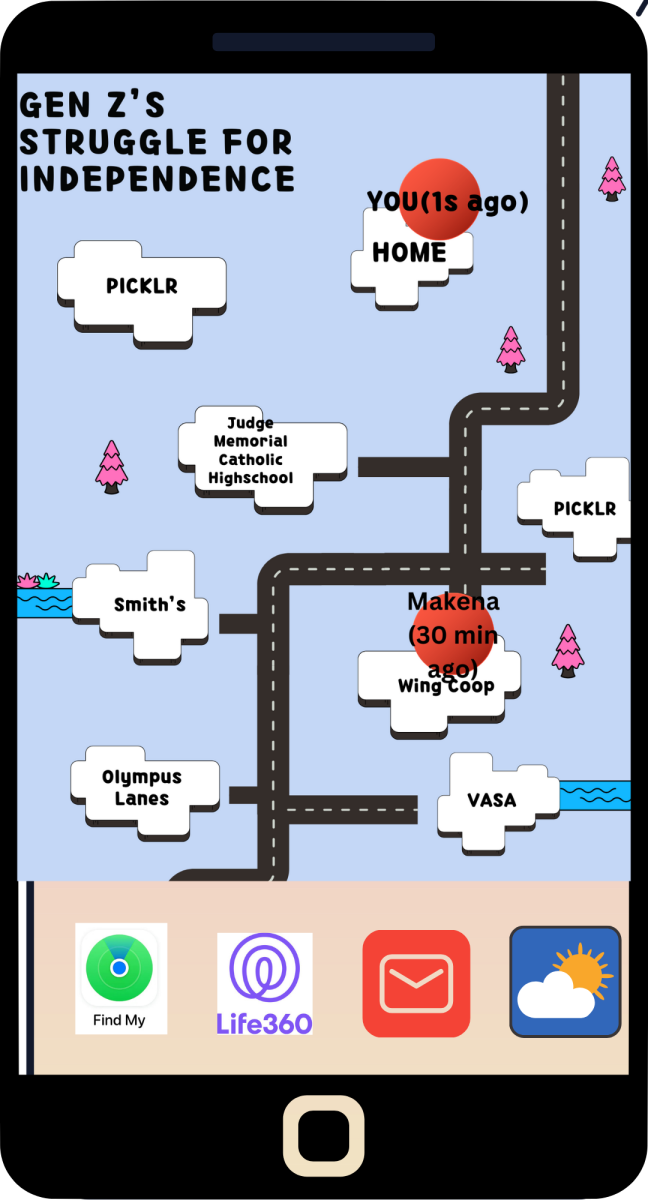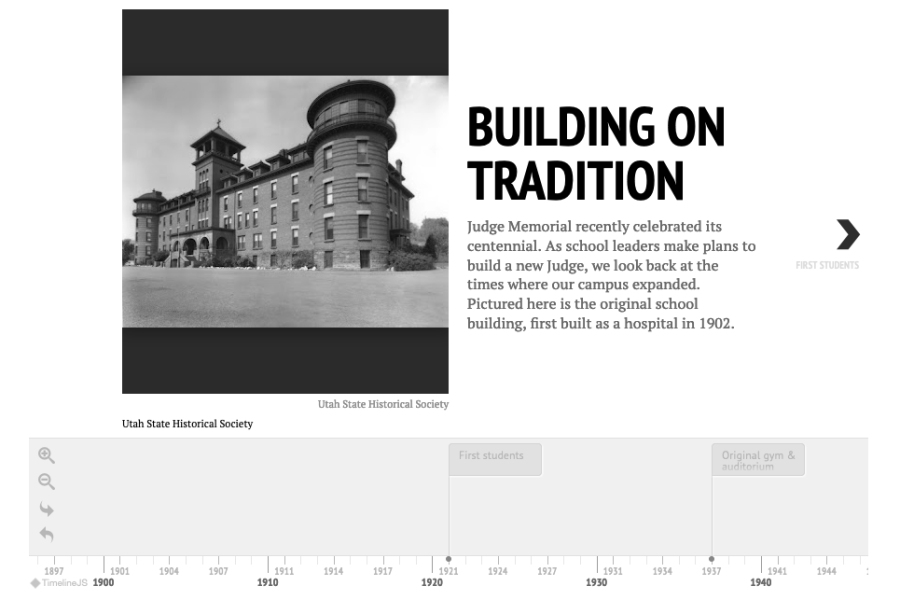In the quiet whirlwind of change that often characterizes the evolution of state symbols, Utah has stepped forward with a decision that is both bold and reflective.
The adoption of a new state flag is not merely a matter of changing aesthetics; it represents a deliberate move towards embracing a visual identity that encapsulates Utah’s rich history, diverse landscapes, and the forward-looking spirit of its people. This new emblem, blending minimalistic design with deeply meaningful elements, invites both residents and observers to see Utah in a light that honors its past while boldly stepping into the future.
The flag’s design, at first glance, strikes a harmonious balance between simplicity and symbolism. Minimalism in flag design is not merely a trend but a functional approach that ensures a flag is easily recognizable and memorable. Utah’s new flag achieves this with ease, eschewing clutter for clarity, yet without sacrificing the depth of meaning that a state flag ought to convey. In this respect, the design is a masterclass in visual communication, demonstrating that simplicity and significance need not be mutually exclusive.
Central to the flag’s design is its representation of Utah’s natural beauty. The flag features a dark red bottom, representing the red rock and red sand of Southern Utah. Atop the flag is a depiction of a white mountain peak, which evidently represents the mountains surrounding the state of Utah. These features are apt because they symbolizes the enduring beauty of Utah’s landscapes. These natural wonders are a cornerstone of the state’s identity, drawing visitors from around the globe and reminding residents of the majestic environment they call home. By incorporating these elements, the flag acknowledges the role of Utah’s natural beauty in shaping the state’s character and economy.
Beyond the natural elements, the flag also nods to Utah’s historical and cultural heritage. The beehive, a longstanding symbol of industry and community sits front and center on the new flag. This symbol, deeply interwoven with the state’s history, speaks to the industriousness and cooperative spirit that have been hallmarks of Utah’s development. The inclusion of the beehive thus serves as a bridge between Utah’s past and its present, encapsulating the values that have guided the state through its growth and challenges.
The color scheme of the flag further enriches its symbolism, drawing from the state’s varied landscapes to create a palette that is both beautiful and meaningful. The red, white, and blue maintain a connection to the national flag, ensuring that Utah’s flag is unmistakably American while also standing out through its unique interpretation of these colors. This choice underscores the flag’s role as a unifying symbol, one that respects its place within the broader tapestry of the United States while proudly proclaiming Utah’s distinct identity.
Critics of the new flag may argue that change is unnecessary or that the previous flag held historical significance worth preserving. While such sentiments are understandable, they overlook the potential of symbols to evolve in tandem with the communities they represent. The new flag does not discard Utah’s history; rather, it distills and presents that history in a form that is relevant to the state’s current and future identity. It is a flag designed not just for the Utah of today, but for the Utah of tomorrow.
In adopting this new flag, Utah has demonstrated a forward-thinking approach to state symbolism, one that respects tradition while boldly embracing change. It is a testament to the state’s ability to honor its past while looking to the future, to celebrate its natural wonders while acknowledging the human spirit that animates its communities. As Utah continues to grow and evolve, its new flag will serve as a beacon of unity, a symbol of pride, and a reminder of the enduring values that define the Beehive State.







































